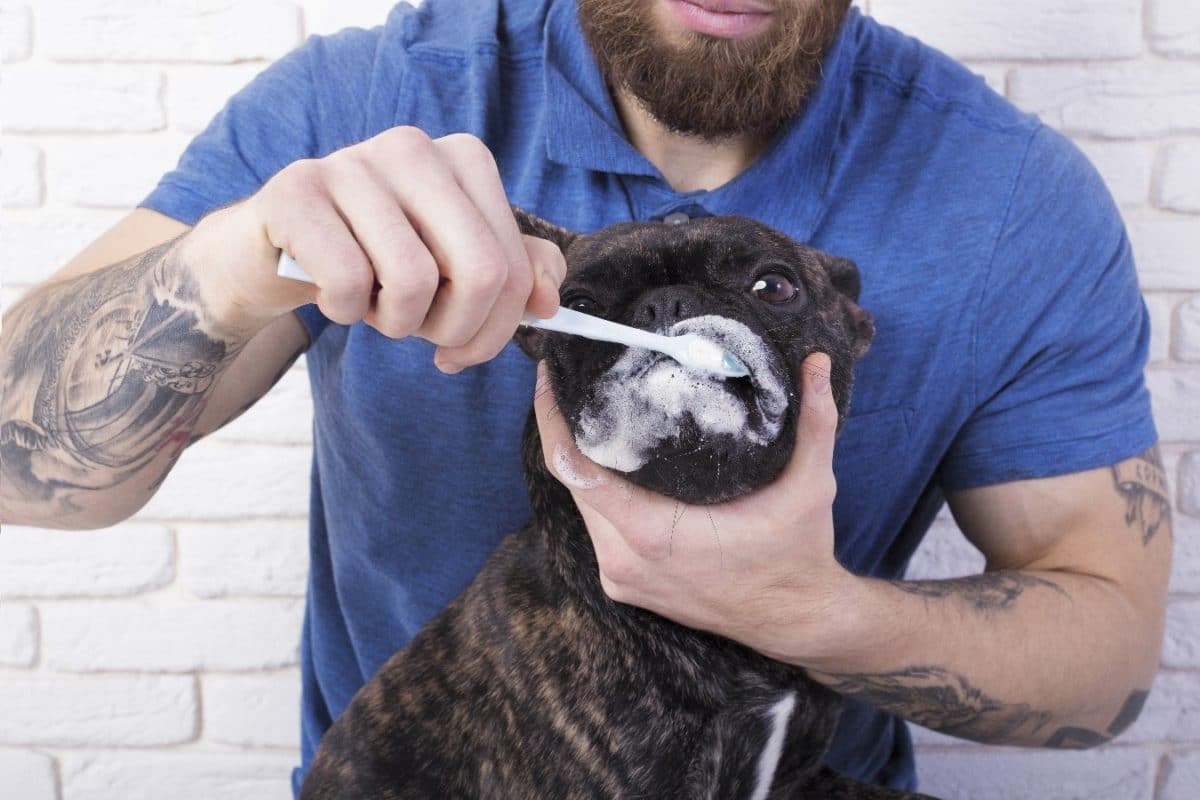Everything, Cats, Dogs, Health care
Dental Care for Dogs and Cats
They didn’t have (or need) toothbrushes. For the ancestors of our dogs and cats, chewing through bone and skin of wild prey accomplished the same purpose. Unlike their wild ancestors, though, domesticated dogs and cats generally eat food that’s gentle on their teeth and gums. Without the workout that the teeth and gums need, dental problems typically develop after the first few years of life.
What causes dental problems in dogs and cats?
As with human teeth, plaque is the enemy. Plaque hardens and becomes tartar, which builds up and creeps below the gum line. It can cause tooth decay and loss, abscesses, and infection.
The dangers are not limited to the teeth and gums. If the condition is left untreated, infection can spread via the bloodstream throughout your pet’s body. Kidney, liver, lung, and heart problems, for example, may originate in your pet’s diseased gums.
Signs that your pet has dental problems
Your dog or cat:
- Has bad breath (often a sign of gingivitis or gum disease) *
- Chews on one side of the mouth
- Appears to be in pain when eating or drinking
- Hesitates to eat even when hungry
Preventive dental care for dogs and cats
Diet
Dry food may help scrub away developing plaque, but dry food itself won’t prevent or remove plaque. Some commercially-available tartar control diets may help more, as well as tartar control biscuits for dogs and dental chew biscuits for cats. These products necessitate more vigorous chewing action for your pets, similar to how their ancestors chewed when they caught their prey.
The Veterinary Oral Health Council (VOHC) has a list of food products that help control dog and cat periodontal disease at the VOHC website.
Teeth cleaning
Toothbrushes and toothpaste for dogs and cats? Yes — but the toothpaste flavor is more likely to be poultry than mint. Some pet toothbrushes fit over your fingers, while others have handles and bristles like toothbrushes for people. Pet toothpaste is safe for your dog or cat to swallow. (Do not use toothpaste intended for humans for your pet.) Cleaning your dog’s or cat’s teeth twice a week or more may help extend your pet’s life.Dental examinations
Your veterinarian will examine your pet’s teeth during annual checkups, but you can check your dog’s or cat’s teeth yourself between checkups.- Teeth: look for yellow and brown accumulations of tartar.
- Gums: see if the gums are a healthy pink, or red, which indicates inflammation.
Tartar removal
Even with regular tooth brushing, your dog or cat will probably still have some tartar build-up, especially in hard-to-reach areas. Your veterinarian can do a thorough dental cleaning with your pet under anesthetic. With regular brushing, your pet’s teeth will need veterinary care less often, but professional teeth cleaning will still probably still be necessary at least every few years.


